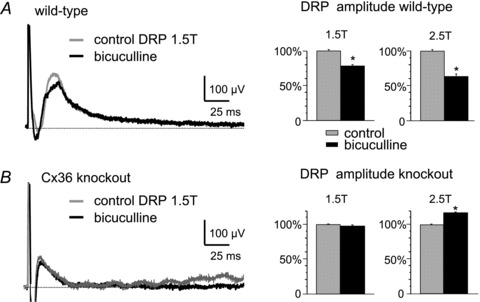Figure 2. Effects of the GABAA antagonist bicuculline on DRPs.

A and B, left, typical effects of bath application of 20 μm bicuculline on DRPs recorded in the fourth lumbar segment and evoked by 1.5T stimulation of the L3 dorsal root in wild-type mice (A) and Cx36 knockout mice (B). Right, bar graphs showing averaged effects of bicuculline on DRP amplitude from four experiments, with L3 dorsal root stimulation at 1.5T and 2.5T in wild-type mice (A) and Cx36 knockout mice (B). Results are expressed as means ± SEM; *P < 0.05. The peak amplitudes of DRPs evoked by 1.5T and 2.5T stimulation were attenuated by bicuculline in wild-types (A, bar graphs), whereas the DRPs evoked by 1.5T stimulation were unaffected and those evoked by 2.5T stimulation were increased in knockouts (B).
